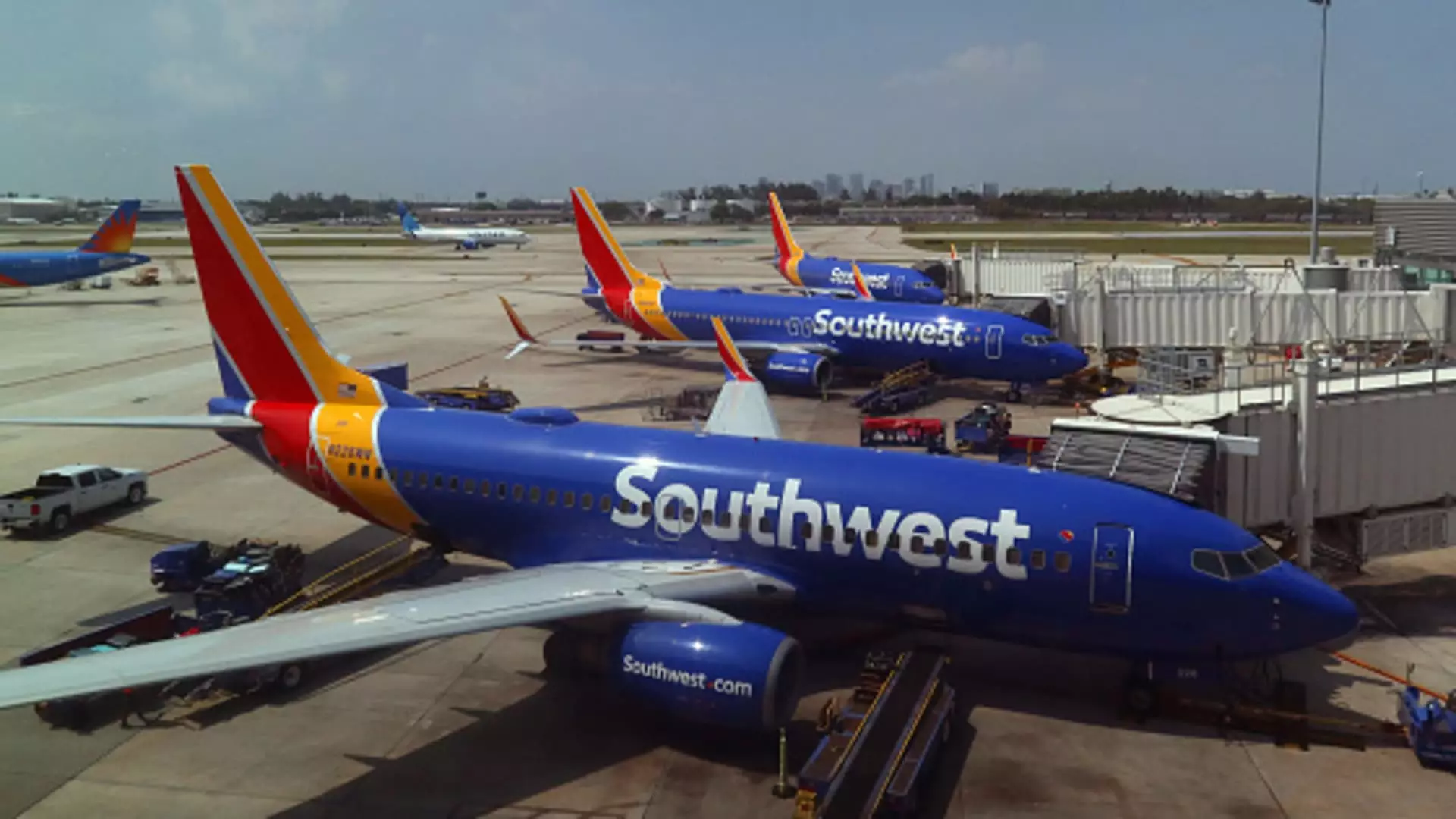Southwest Airlines is predicting a possible decline in unit revenue for the third quarter due to an oversupplied U.S. market. This oversupply has led airlines to reduce ticket prices during what is typically the most profitable time of the year. The airline stated that unit revenue for the current quarter may drop by up to 2% compared to last year, and nonfuel costs could increase by as much as 13%. These higher expenses are expected to weigh on Southwest Airlines until the end of 2024.
In the second quarter, Southwest Airlines performed slightly better than Wall Street expectations, with earnings per share coming in at 58 cents adjusted, compared to an anticipated 51 cents. Revenue for the quarter was $7.35 billion, exceeding the expected $7.32 billion. While the revenue rose by 4.5% from the previous year, the profit saw a significant decline of over 46%, amounting to $367 million or 58 cents per share. However, revenue per available seat mile, which is an indicator of pricing power, fell by 3.8%, aligning with the airline’s revised forecast from the previous month. Despite these challenges, Southwest reported adjusted per-share earnings of 58 cents, surpassing analysts’ projections.
Southwest Airlines revealed that it is currently engaged in discussions with Boeing regarding compensation. The aircraft manufacturer, being the sole supplier for Southwest Airlines, has faced difficulties in delivering planes on time due to safety and manufacturing crises. Southwest Airlines is now anticipating only 20 deliveries from Boeing this year, significantly less than its initial forecast. The airline’s management is under increased pressure from investors, including Elliott Investment Management, which recently disclosed a substantial stake in the company and called for leadership changes.
To address the current revenue challenges and implement long-term growth strategies, Southwest Airlines announced significant changes to its business model. The airline plans to abandon its open seating policy, introduce seats on its Boeing aircraft with extra legroom, and incorporate overnight flights. These modifications, set to take effect next year, mark the most substantial alterations to Southwest’s operations in its more than 50 years of existence. The shift towards offering additional services and amenities could align Southwest Airlines more closely with its network carrier competitors.
Delta Air Lines and United Airlines executives have indicated their anticipation of a moderation in U.S. capacity starting in August. This adjustment in capacity could potentially lead to an increase in airfares across the industry. Southwest Airlines, like many other carriers, is closely monitoring these market trends and adjusting its strategies to remain competitive and profitable in the evolving landscape. CEO Bob Jordan emphasized the company’s commitment to implementing transformative initiatives to drive both revenue growth and cost savings in the coming years.
Southwest Airlines faces numerous challenges in the current U.S. aviation market, including pricing pressures, operational disruptions, and investor demands for change. The airline’s ability to navigate these hurdles and adapt to the changing environment will be crucial in determining its long-term success in the industry. By embracing innovation, cost-efficiency, and strategic collaborations, Southwest Airlines can position itself for sustainable growth and profitability.

